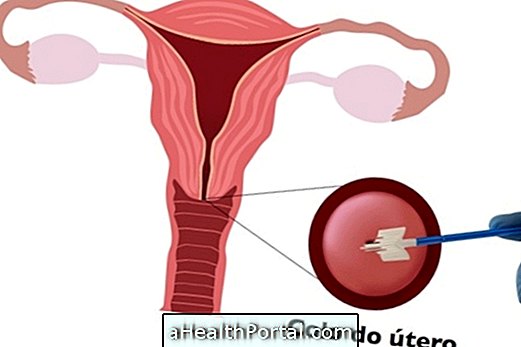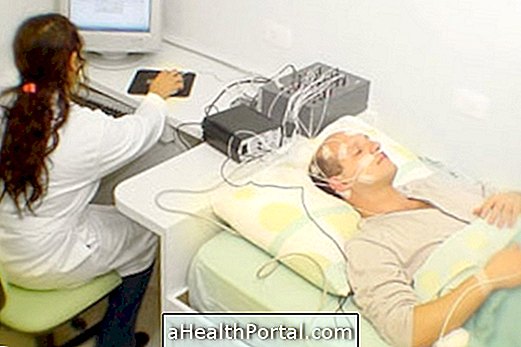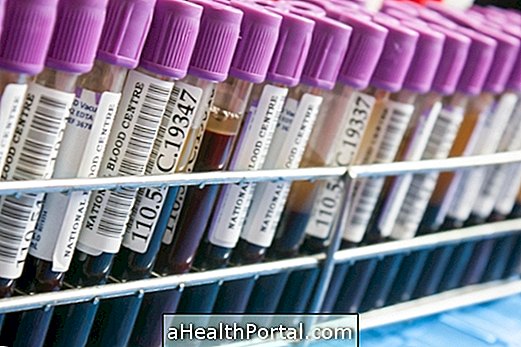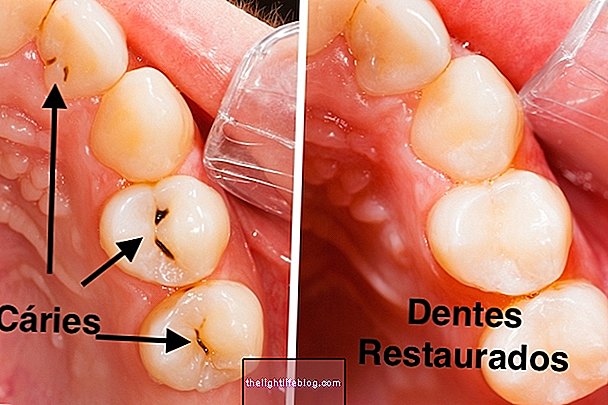The Papanicola, also known as a preventive, is a gynecological exam that is used to detect changes and diseases in the cervix, such as inflammation, HPV and cancer.
For a pap smear, the gynecologist passes a special brush on the cervix of the woman, removing a small sample of cells that will be evaluated in the laboratory. Exte examination does not hurt but the woman may feel a slight discomfort or pressure inside the vagina while the doctor scrapes the cells of the uterus.

What is it for
The pap smear is used to identify changes in the uterus, which may include:
- Vaginal infections, such as trichomoniasis or candidiasis;
- Sexually transmitted diseases such as chlamydia, gonorrhea, syphilis or HPV;
- Cervical cancer;
- Assess the health of the cervix and the presence of Naboth Cysts
This examination should be done at least once a year by all women who have already started sex. If the test shows normal results 2 years in a row, prevention can be done only every 3 years.
The pap smear can also be done by virgin women after the age of 21, using special material and only as directed by the doctor. Here's how to prepare for the pap smear: How Papanicola is done.
How to understand the results
The results of the Pap smear can be:
- Class I: the cervix is normal and healthy;
- Class II: presence of benign changes in the cells, which are usually caused by vaginal inflammation;
- Class III: includes CIN 1, 2 or 3 or LSIL, which means that there are changes in the cells of the cervix and your doctor may prescribe new tests to look for the cause of the problem, which may be HPV;
- Class IV ; NIC 3 or HSIL, indicating a probable onset of cervical cancer;
- Class V : presence of cervical cancer.
- Unsatisfactory sample: the material collected was not suitable and the examination can not be performed.
According to the result, the gynecologist will tell you if it is necessary to do more tests and what the appropriate treatment. In cases of HPV infection or changes in the cells, the test should be redone after 6 months, and if cancer is suspected, a colposcopy should be performed.
Pap smear in pregnancy
The pap smear can be done in the pregnancy up to the fourth month at the most, preferably at the first prenatal visit if the woman has not done so recently. In addition, the examination is safe for the baby as it does not reach the inside of the uterus nor the fetus.
When to do
It is recommended that the pap smear be performed annually and that it be started one year after the first intimate contact. If after 2 consecutive years the results of the tests are normal, the woman can perform the examination every 3 years.
Also, it is important to remember that the woman should not take the exam at the time of menstruation as blood can change the results.
Know what it is, what symptoms and how the HPV treatment is done.
























